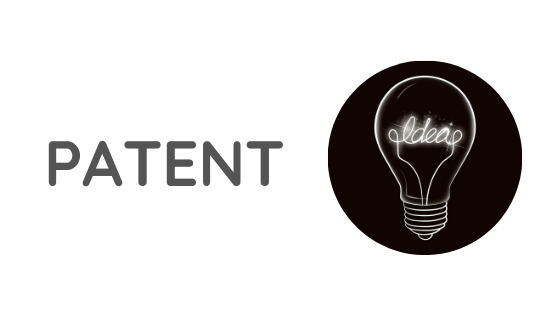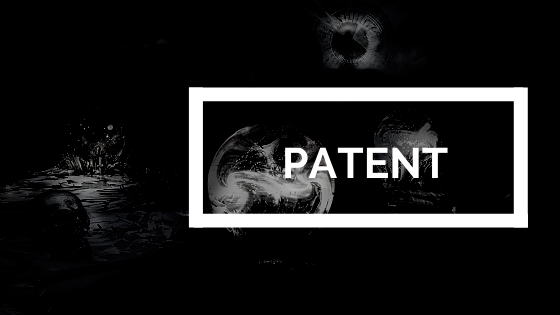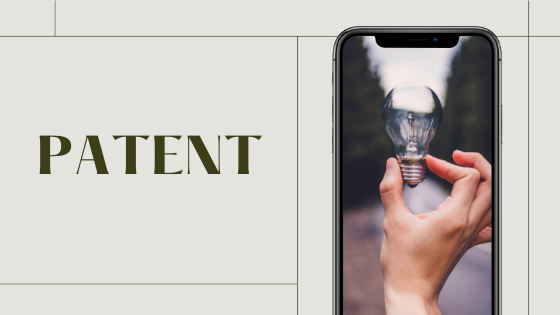A utility application is an application that seeks to patent and protect the structural features and/or functional features of an invention. A design application, on the other hand, is an application that seeks to patent and protect an ornamental feature of an invention.
Whether you should file a utility or design application depends on the kind of invention you have, your goals, and the kind of protection you seek. Not all inventions can be a subject of a design application. It is best that you consult with a patenting agency such as Invent Help or a registered patent attorney to determine which application to file.
A provisional application is usually filed to preserve an early filing date, which may become critical in determining who was first to invent the invention. It usually has the components of a regular application, except for the claims section. A regular application must be filed one year after filing the provisional application. Otherwise, the provisional application will be abandoned.

The United States Patent and Trademark Office (USPTO) does not publish or examine provisional applications. Provisional applications do not issue into patents. While many benefits can be derived from filing a provisional application, patent law imposes complex requirements for obtaining the full benefits from a provisional application. Therefore, it is important to talk to a registered patent attorney regarding provisional applications.
“Patent pending” means an application that is “complete,” as defined by patent law, has been filed in the United States Patent and Trademark Office (USPTO). Once obtained, an inventor may mark the product that is the subject matter of the filed application with the “Patent Pending” mark, which may add marketing value. Additionally, some inventors may find it easier to attract investors upon obtaining the “patent pending” status.
Having an early filing date is critical for an inventor in establishing ownership of the invention in the United States and all around the world. You can read much more about patenting process on InventHelp as well – learn why new inventors turn to InventHelp.



